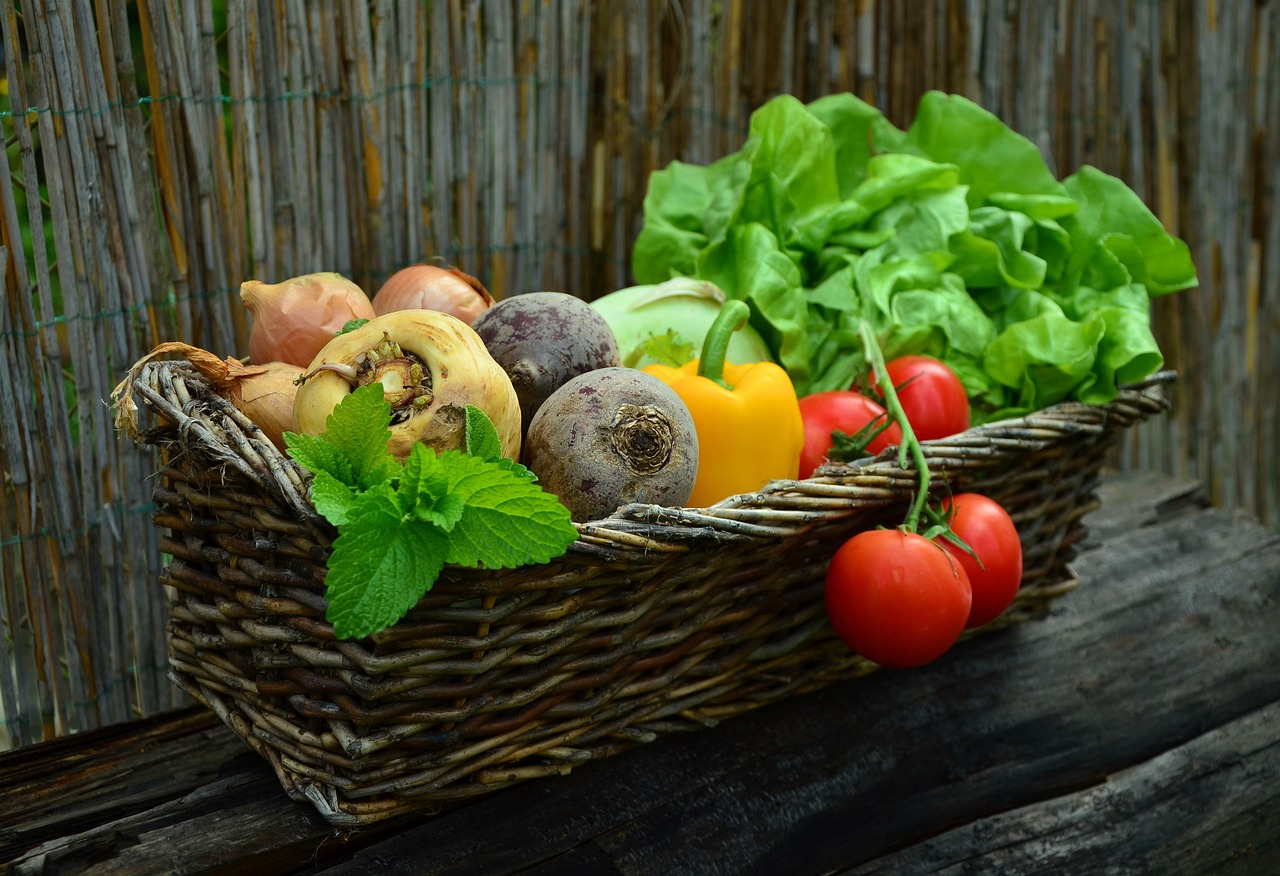
An Expat’s Guide to Gardening in the Philippines
The Philippines, with its rich soil, lush landscapes, and year-round sunshine, is a dream come true for gardening enthusiasts. But if you’re an expat used to a different climate, you might find tropical gardening a bit unfamiliar at first. Don’t worry—this guide will help you grow confidently in your new environment. We’ll explore how to work with the local climate, choose the right plants, and set yourself up for a vibrant, thriving garden.
Understanding the Philippine Climate: Your Garden’s New Rhythm
The Philippines has a tropical climate, offering both opportunities and challenges for gardeners. Knowing how to work with the weather will help you grow a healthy and sustainable garden.
Abundant Sunshine
Expect bright, sunny days year-round—perfect for sun-loving plants. However, intense midday heat can stress delicate seedlings and shallow-rooted plants. Use partial shade structures or plant heat-tolerant varieties in exposed areas.
Wet Season Watch
The rainy season typically runs from June to November. While many plants love the extra water, others may suffer from root rot or flooding. Use raised garden beds or well-draining containers to keep your plants happy during heavy downpours.
Stable Warmth
Unlike temperate climates, the Philippines enjoys consistent warm temperatures year-round. This means you can plant almost anytime—but some crops may struggle without a cooler dormant period.
Microclimate Awareness
Your garden’s exact conditions may differ from the general weather. Consider how buildings, trees, or nearby water sources impact wind, shade, and moisture. Spend a few days observing your garden space before planting to understand how sunlight and rain move through it.
Now that you’ve got a grasp on the Philippines’ tropical climate, it’s time to dive into the fun part—choosing the plants that will transform your space into a lush, colorful paradise. From fragrant flowers to flavorful fruits and dramatic foliage, here are some top picks that thrive in the Philippine environment:
Flowering Favorites
Gumamela (Hibiscus)
A true tropical showstopper, the gumamela boasts large, vibrant blooms in a range of colors. It thrives in full sun and requires little upkeep—perfect for beginners.
Sampaguita (Jasminum sambac)
The national flower of the Philippines, sampaguita fills the air with its sweet scent. This fragrant climber loves dappled sunlight and consistently moist soil.
Orchids
From bold Vandas to delicate Moth orchids, the Philippines is rich in native orchid species. These exotic beauties add elegance and thrive with partial light and humidity.
Fruiting Plants for Edible Joy
Dwarf Mango
Mango trees are a Filipino favorite. If space is limited, dwarf varieties can still reward you with sweet, golden fruit—just be prepared to wait a few years.
Calamansi
Compact, container-friendly, and productive, calamansi trees are a top choice for home gardens. The fruits are perfect for cooking, drinks, and natural cleaners.
Pineapple
Yes, you can grow pineapples in your own backyard! Just plant in full sun with well-drained soil and enjoy their striking look while waiting for that juicy payoff.
Foliage for Texture and Drama
Elephant Ear (Alocasia)
Add instant drama with these large, sculptural leaves. Ideal for shady spots and moist soil, they bring a tropical jungle vibe to your space.
Ferns
From sun-loving Sword Ferns to stunning Staghorn Ferns that thrive in shade, these low-maintenance plants are great fillers for any garden corner.
Banana Plants
While technically herbs, banana plants deliver the look of a tree. With wide, wind-swept leaves and quick growth, they need room to spread—but offer a tropical touch like no other.
This is just the beginning. With a little observation of your garden’s light and moisture levels, you can build a plant selection tailored to your space and style. Up next, we’ll dig into essential gardening tips to help your tropical plants thrive year-round in the Philippines.
Planting Power: Essential Tips for Gardening Success in the Philippines
With your plant list ready and a good grasp of the tropical climate, it’s time to roll up your sleeves and get growing. Here are practical tips to help your Philippine garden not just survive—but thrive:
Soil & Drainage: Build the Right Foundation
Know Your Soil
Soil types vary across the Philippines—sandy near coastal areas, loamy in valleys, and clay-heavy in some rural zones. Do a basic soil test to assess texture and nutrient levels.
-
Sandy soil? Add compost or coco peat to improve water retention.
-
Clay soil? Mix in sand or organic matter to boost aeration and drainage.
Prioritize Drainage
Tropical downpours can drown your plants if water pools around the roots. Raised beds, gravel layers, or simply improving slope can prevent root rot and keep your garden healthy.
Watering Wisely: Work With the Weather
Leverage the Rainy Season
Make the most of natural rainfall—but monitor plants during dry spells. Deep, infrequent watering helps roots grow stronger and deeper.
Tailor to Your Plants
Some tropical plants love moisture, others prefer to dry out between waterings. Group plants by watering needs and observe them closely to adjust your routine.
Sunlight Strategy: Match Light to Plant
Sun Exposure Matters
Group your plants based on their light preference:
-
Full sun: Gumamela, pineapple, and mango
-
Partial shade: Orchids, ferns, sampaguita
-
Filtered light: Elephant ears, some herbs
Use natural structures or shade cloths to protect sensitive plants from the intense midday sun.
Pest Control: Stay Ahead of the Game
Monitor, Don’t React
Check leaves regularly for spots, holes, or pests. Prevention beats cure.
Go Natural
Neem oil, chili-garlic sprays, or introducing ladybugs can help manage common garden pests without harsh chemicals.
Know Your Local Threats
Research pests common to Philippine gardens—like aphids, mealybugs, or leafminers—and how to manage them effectively.
Feeding Your Garden: Fertilizer & Nutrients
Feed Regularly
Tropical plants grow quickly—and need nutrients to keep up. Use balanced fertilizers or plant-specific blends every few weeks.
Choose Organic When Possible
Compost, vermicast, or organic manure can improve soil health while reducing chemical reliance.
Patience & Observation: Let the Garden Teach You
Trial and Error is Normal
Don’t stress over every brown leaf. Gardening in the Philippines means learning as you grow—literally.
Learn from Locals
Join a gardening group, visit plant markets, or talk to neighbors. Local tips are often the best ones for your specific climate and soil.

















